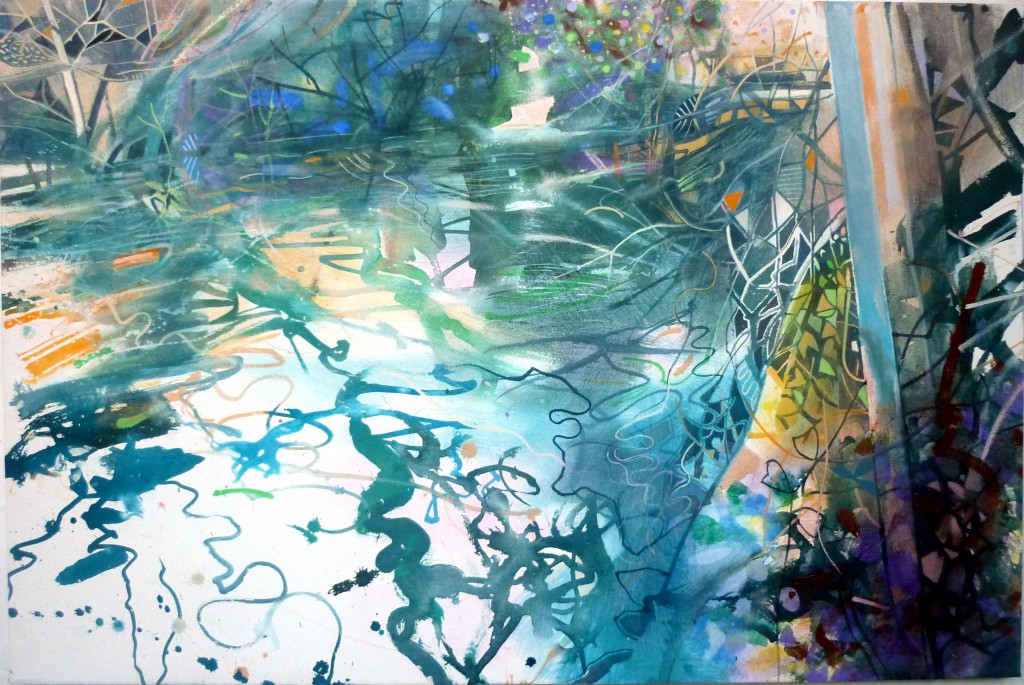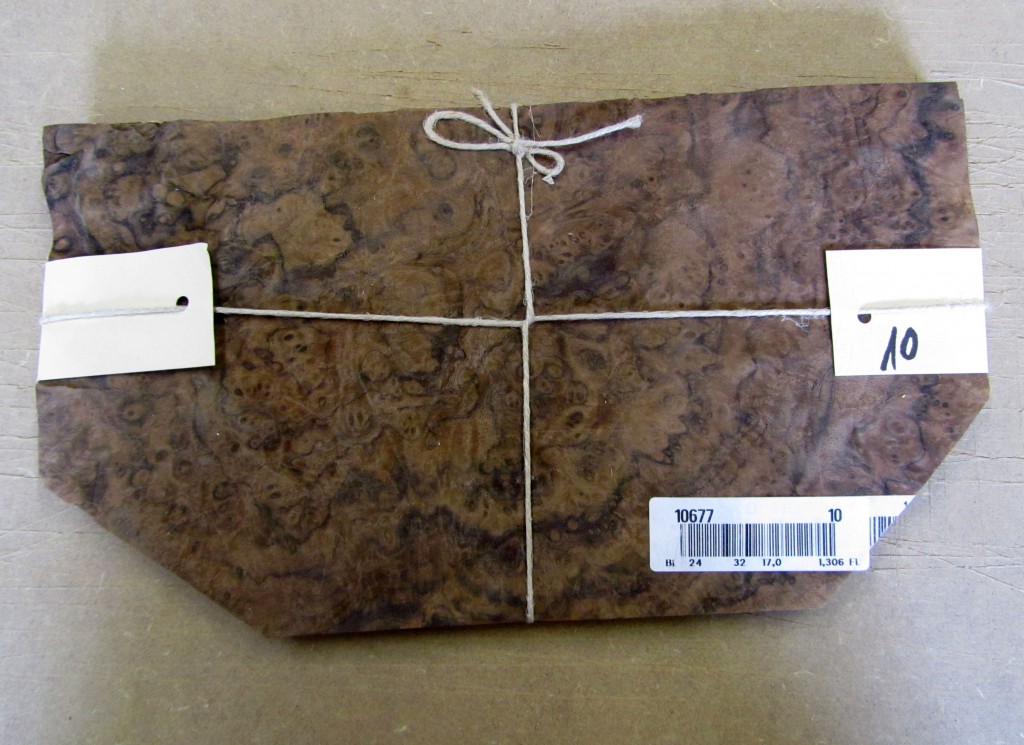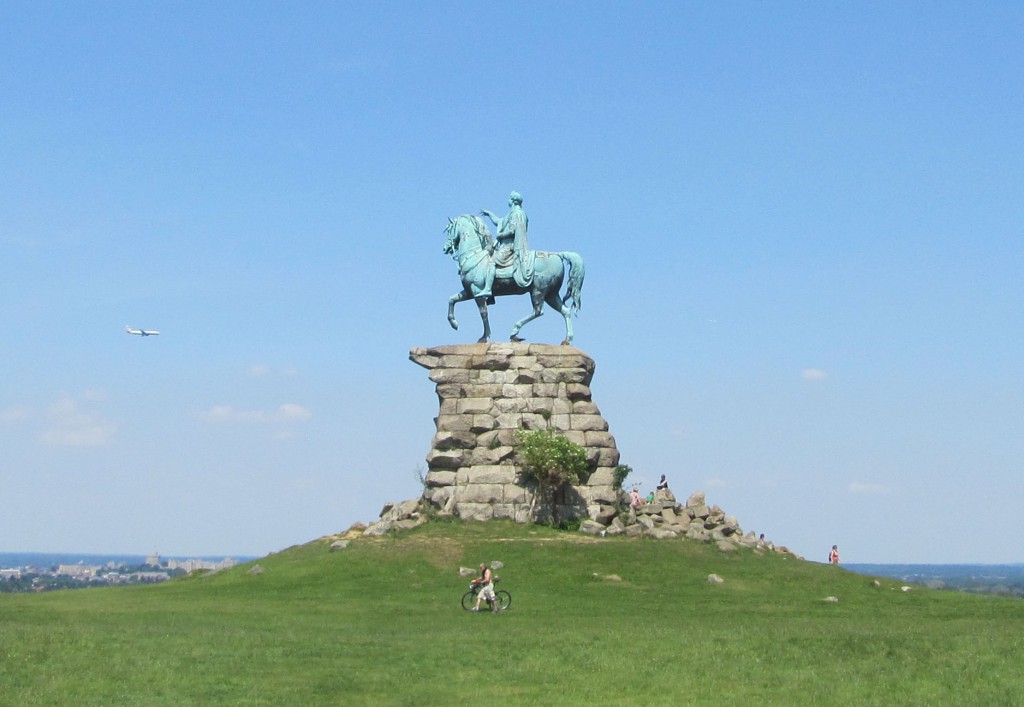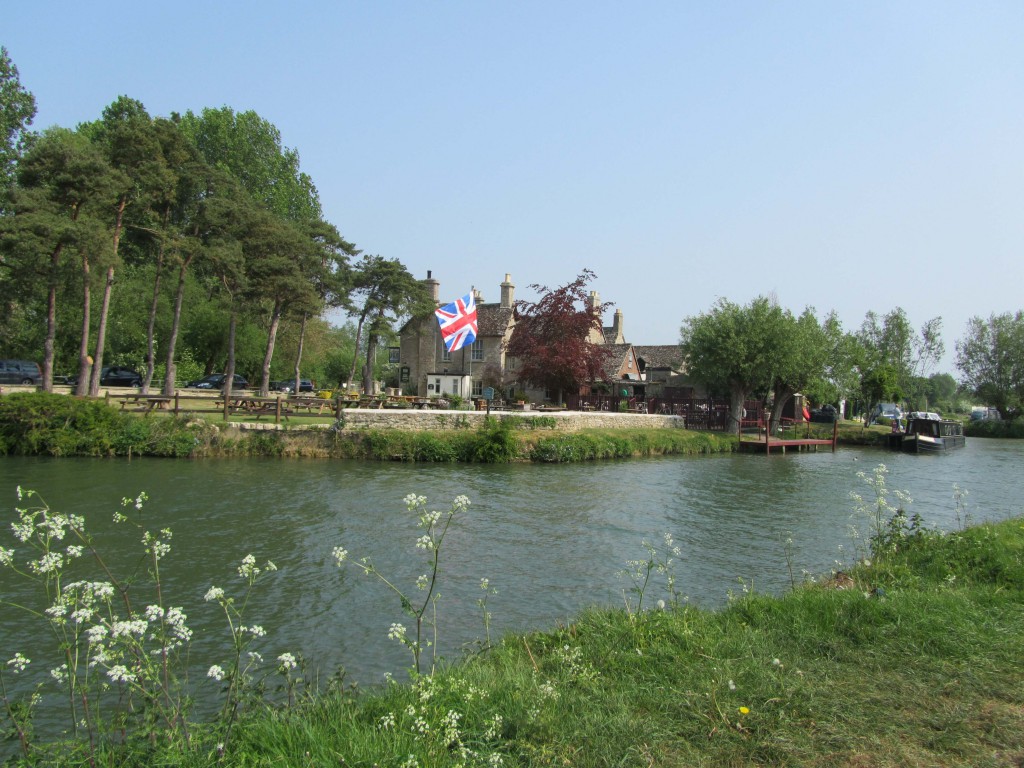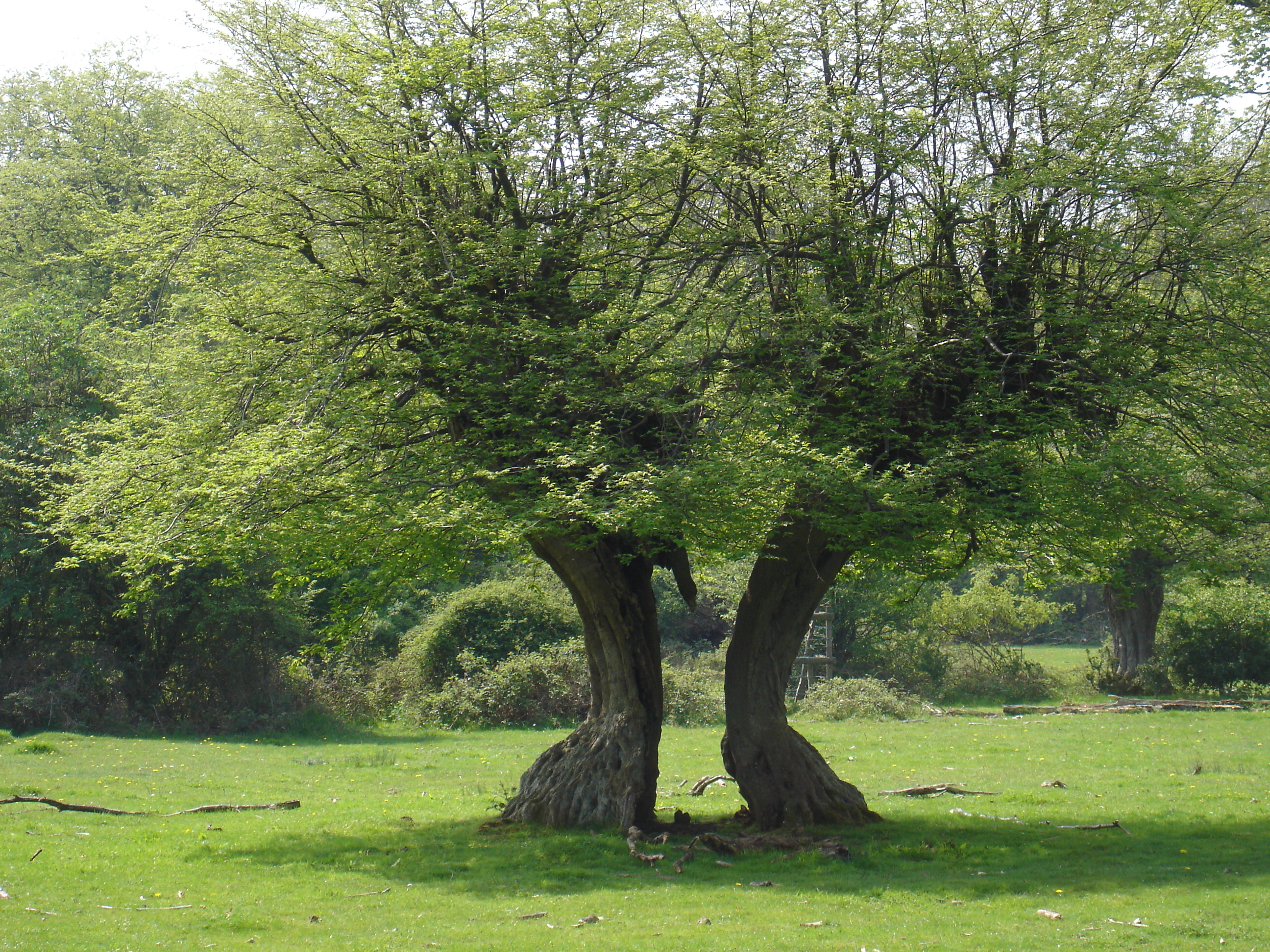Running and painting surprisingly have much in common, the main similarity being that they are both totally engrossing activities. Both are an integral part of my life where withdrawal symptoms occur if stopped for any length of time. They both allow me to lose myself in the struggle and sheer pleasure of the activity and forget any other pressing problems. Continue reading “Running & Painting”


